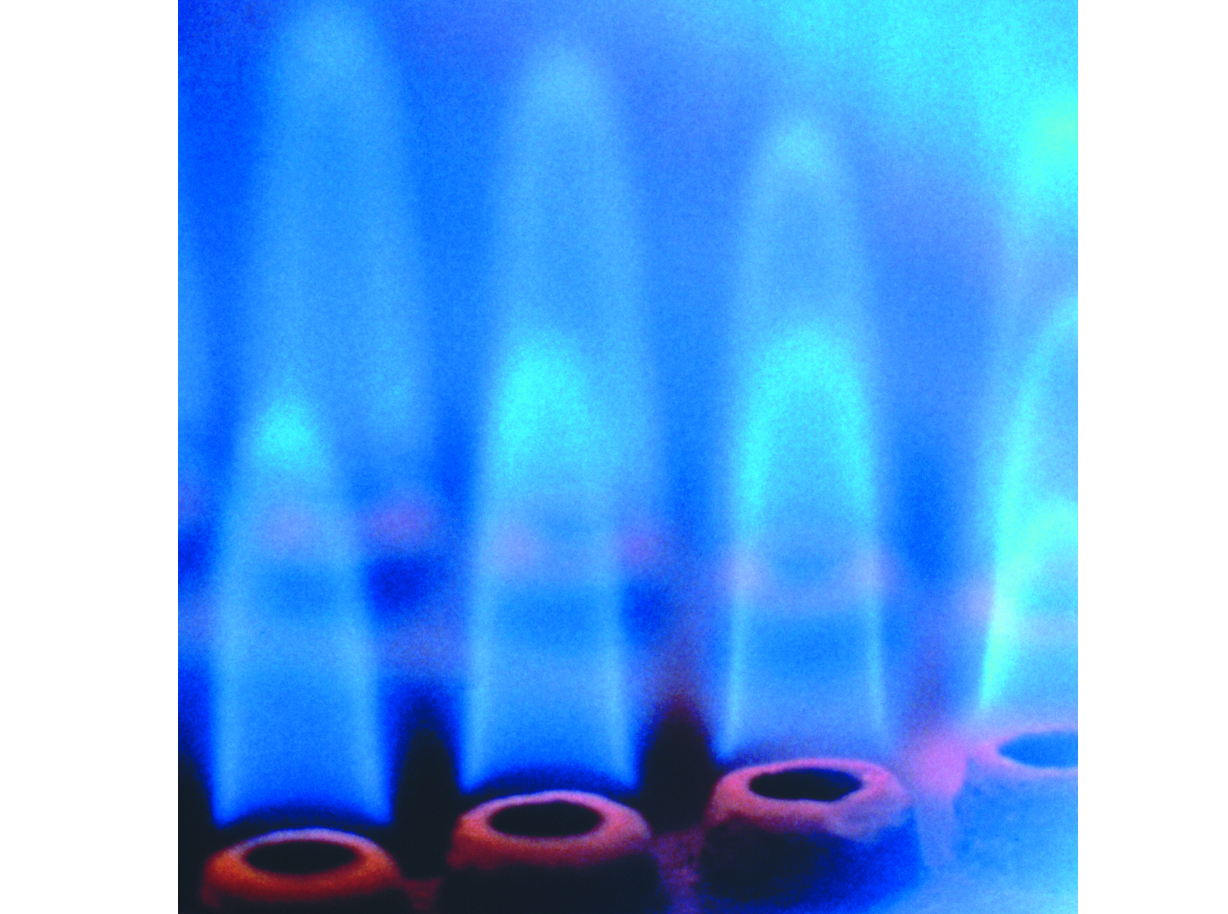September 2013, Vol. 240 No. 9
Projects
Romania, Hungary At Loose Ends For Gas Supply

The demise of the Nabucco-West gas pipeline project leaves Romania and Hungary dependent on Russian gas imports, and scrambling for diversification solutions that variously look sub-optimal or doubtful.
Conversely, the go-ahead to the Trans-Adriatic Pipeline (TAP) project inspires some hopes for trickle-down supplies of natural gas in the Adriatic seaboard countries of Albania, Montenegro and Croatia. Whether Bulgaria loses outright or can mitigate the damage is far from clear, given the many external and internal variables involved in this case.
In countries without access to seaborne supplies of LNG, the post-Nabucco default options include: building inter-connector pipelines with reverse-flow capability, adding gas storage capacities and advancing energy market integration on a regional basis, within the European Union’s evolving energy market.
Hungary is a front-runner. The inter-connector pipeline Hungary-Croatia and the network inter-connection Hungary-Romania are already operational, with annual capacities of 6 Bcm and up to 5 Bcm, respectively. The Slovakia-Hungary interconnector (with a capacity of 5 Bcm annually) is due for completion by 2015.
However, the gas volumes actually available are nowhere near the capacities of those interconnectors. The Croatia-Hungary interconnector is destined in part to carry LNG-sourced gas from a long-discussed terminal at Krk in Croatia. That terminal is not yet an actual project. The line under construction in Slovakia is mainly intended to supply Central Europe’s landlocked countries with LNG-sourced gas from Swinoujscie, the terminal under construction on Poland’s Baltic coast.
In Romania, the network interconnection with Hungary is not bi-directional. Romania seeks to prevent even a small-scale outflow of gas cheaply extracted in Romania toward higher-priced European markets. This is understandable politically, since Romania’s own gas resources are dwindling, and cheap local gas helps at least for the time being to offset the exorbitant price of Russian gas supplies.
Meanwhile, the interconnector pipeline Bulgaria-Romania (with a projected capacity of 0.5-1.5 Bcm per year) has experienced a late start of construction in 2012. Its supply source does not seem to be identified on either side. Neither has Bucharest identified the supply source for the interconnector Romania-Moldova pipeline (with a capacity of 1.5 Bcm annually), construction of which is planned to start later this year.





Comments